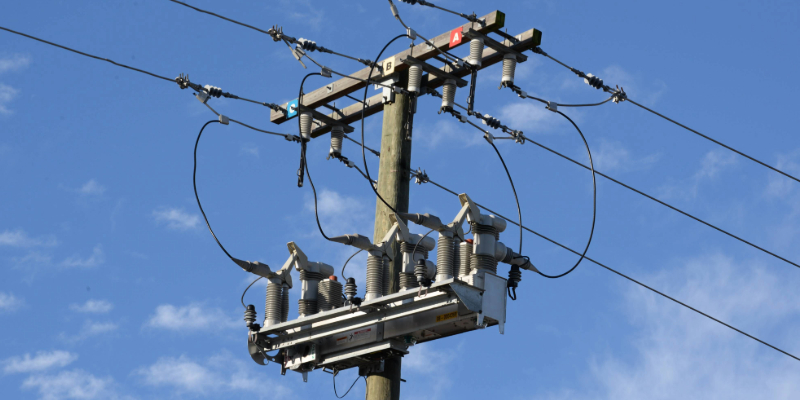There’s a Better Way to Test for Faults on Your Hybrid Overhead-Undergrounded Lines
Back to Top
Congratulations—you’ve undergrounded portions of your grid! This kind of grid hardening can pay huge dividends.
Now comes your next challenge: devising an overcurrent protection scheme for your new hybrid overhead-underground system.
Traditionally, you’ve had two options:
- Continuing to use conventional reclosing creates repeated faults every time reclosers test the line that can add unnecessary stress to your underground circuits, potentially damaging those cables and jeopardizing your sizable investment.
- A one-shot-to-lockout approach, on the other hand, protects your underground cables from the stress of reclosing, but it results in more sustained outages—even when the cause of the fault is a temporary nuisance, which is especially common on the overhead portions of your system.
Increasingly, utilities are employing a third option:
- Limiting the number of recloses their conventional reclosers use to test the line in an attempt to minimize stress on the system. This solution betrays a tacit acknowledgement that reclosing adds unnecessary stress to underground circuits, but it goes only partway toward addressing that problem.
With these options, utilities are routinely putting their feeders at risk, even after spending significant capital to underground a portion of their system. One cable fault can lead to an extended outage, damaging both the cable and the utility’s reliability reputation.
To truly protect your underground circuits, you need a solution that can test for faults without the stress of reclosing. That way, you can keep your restoration scheme strong while avoiding the risks of underground cable damage.
The Sky-High Benefits of Low-Stress Fault Testing
This is where low-stress fault testing, such as S&C’s PulseClosing® Technology, comes in. By using less energy than conventional reclosers, low-stress fault testing allows you to test for a fault on any circuit, whether it’s overhead, underground, or hybrid, without applying the impact of full fault current to your lines.
The difference is easy to see and appreciate in this comparison video:
The electrical pulse that tests for faults using a small fraction of the energy of full fault current will not damage underground cable like conventional reclosing does.
The Best Solution to Protect Your Grid-Hardening Investment
The only solution that uses PulseClosing Technology, S&C’s IntelliRupter® PulseCloser® Fault Interrupter, tests for faults using 95% less energy than conventional reclosers:
This low-stress fault testing is massively important for hybrid overhead-underground systems, since it protects both parts of the system equally:
|
|
Continue Reclosing |
One-Shot-to-Lockout |
Reduce Recloses |
PulseClosing Technology |
|---|---|---|---|---|
|
Overhead System Protection |
Meh |
Bad |
Meh |
Good |
|
Underground System Protection |
Bad |
Good |
Meh |
Good |
Available in both overhead and pad-mounted styles, the IntelliRupter® fault interrupter can be installed anywhere on your feeders. With its advanced FLISR capabilities, its installation flexibility, and its low-stress fault testing technology, IntelliRupter fault interrupter is your best option for protecting both your restoration schemes and your undergrounding investment.